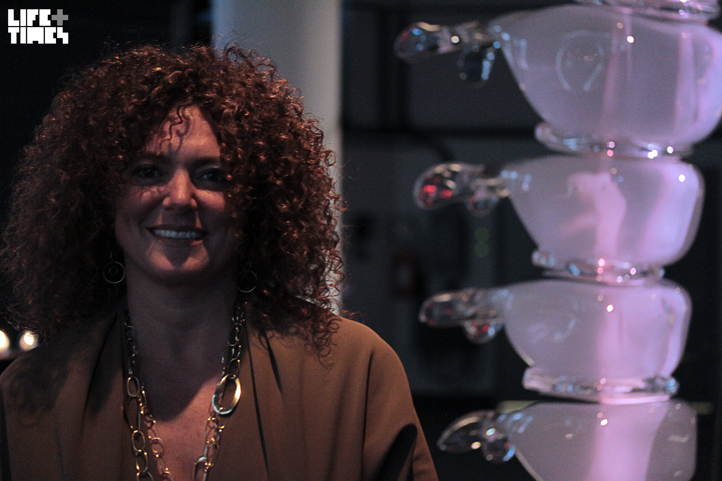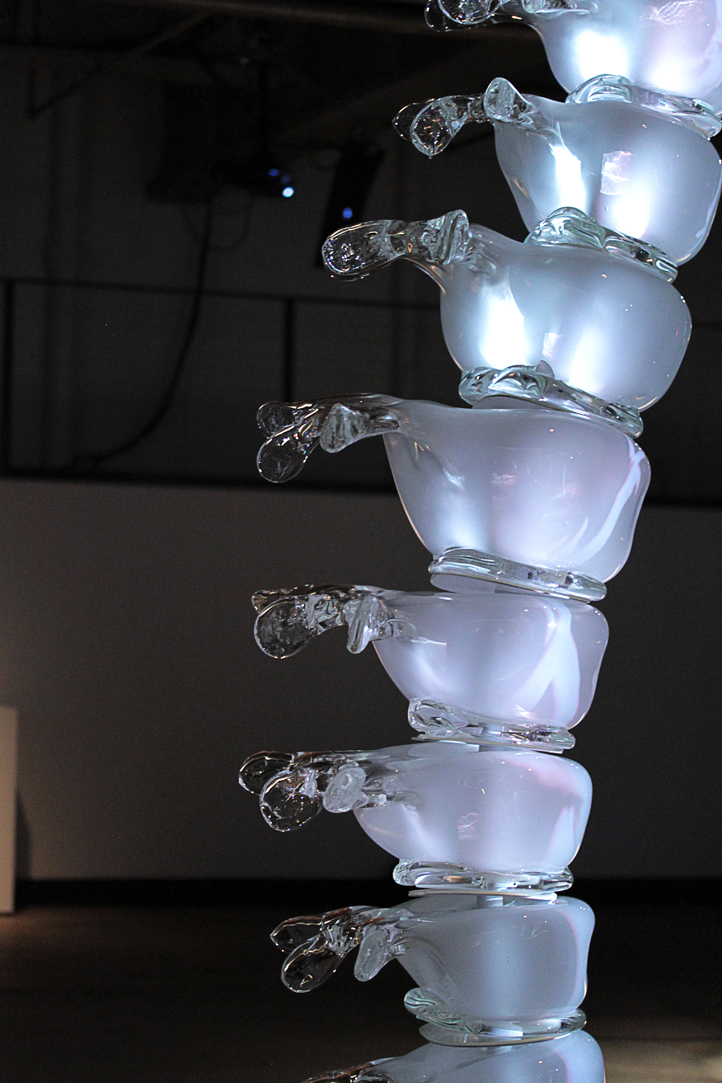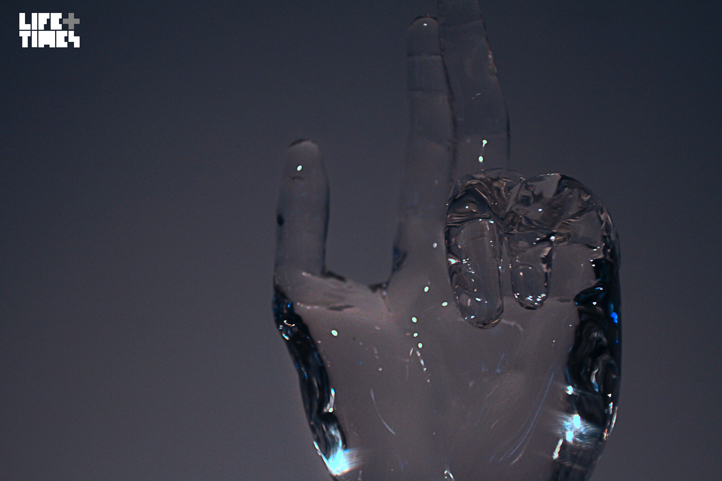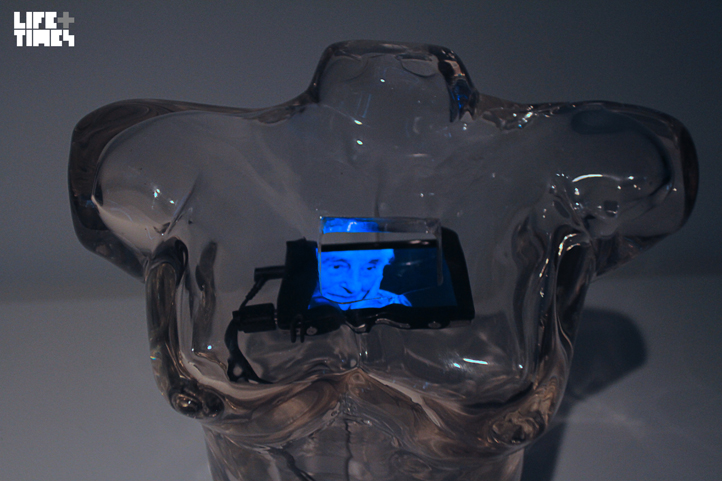Heavy Metal
10.07.2011
ART & DESIGN

The daughter of an Italian intellectual and an American artist, sculptor and designer Ippolita has made a career out of fusing her love of metals and moods, by creating jewelry and sculptured art. In 1999, she launched her eponymous collection at Bergdorf Goodman and even went on to develop an exclusive color of gold. “Real beauty, in shape and color, is eternal,” she says about the hue. Recently, she debuted “Reliquary,” a mixed-media installation featuring six massive sculptures that delve into her “lifelong obsession of working with the human body.” Life+Times caught up with the artist to discuss her work, approach and juxtaposition of life and metal.
Life+Times: How did you get your start as an artist?
Ippolita: When I was growing up in Florence I always knew that I wanted to produce art in some fashion. I studied sculpture at the Istituto D’Arte, and things just kind of took off from there.

L+T: How did your project, “Reliquary,” come about?
Ippolita: Growing up in Italy I was always interested in the power of religious iconography, in the idea that humans can invest inanimate objects with supernatural powers just so that they can believe in them, a suspension of disbelief in the realm of the spirit. In a more general sense, I believe that beautifully crafted objects also have the power to inspire wonder and excitement and to stir the heart, on the strength of their sheer physicality. I guess you could say I’ve had an interest in how we enshrine and codify our beliefs for my entire adult life.

L+T: Why did you select the materials that you use, such as glass and steel? Did you select them specifically for this juxtaposition?
Ippolita: I’m interested in materials that are elemental and pure – steel, glass, clay, stone – and I find it interesting to work with them all interchangeably, as the technical challenges of each inform the particular expression of an idea. For these pieces, I liked the idea of creating the “skeletons” out of steel because the material itself is so powerful. By contrast, the organs inside the bodies are made of glass which is the ultimate in fragility, while the video and sound elements draw the viewer in to experience the poetic narrative up close.

L+T: Do you have plans to work professionally as an artist?
Ippolita: Yes, I intend to continue working on artwork for as long as I live. It has nothing to do with “professionalism.” It has to do with an intrinsic interest in pursuing answers to cosmic questions through aesthetic means.
L+T: Have the skills you’ve learned as a jewelry designer helped you in your art?
Ippolita: Every new technique you master becomes a jumping off point for whatever project you are working on, whether its jewelry design, sculpture. Anything in life, for that matter.





